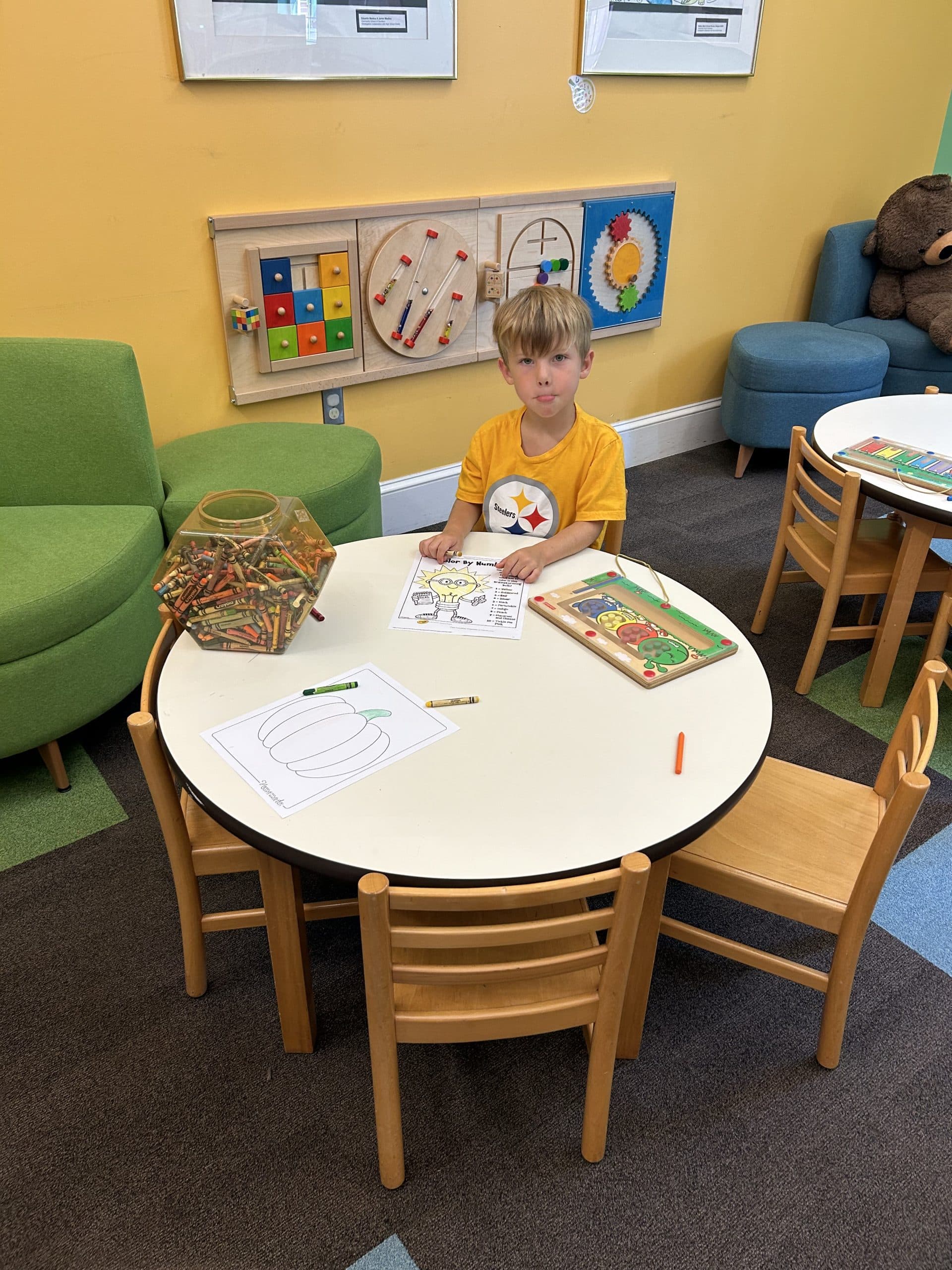I know from experience that the first day of school has mixed feelings for many people both adults and students. If you are experiencing your child entering kindergarten, first grade, a senior in high school, or a freshman in college, it may be a bittersweet emotion. Many thoughts of the future enter your mind as a parent or student. Teachers of these classes also feel the excitement of anticipation as they hope to provide the student with the best start (or end if they are seniors) to a world of wonder and exploration into learning. When it’s the beginning of the new school year, I’ve often thought of the Staples commercial. It reminds me of the many feelings that come with the start of the new school year and makes me chuckle. http://www.youtube.com/watch?v=fwcYbo7pjto
I’ve always loved the beginning of the year, especially the first day because it signified a fresh start for me as a teacher. As a principal I tried to make the first day exciting as the students walked into the school with exhilaration or trepidation. I loved to greet them with welcome pleasantries and hugs telling them how much I missed them. One year I had a bubble machine that I used as they walked off the bus. They joyfully walked through the bubbles breaking and chasing them as I greeted students. I was also an elementary principal so I’m not sure those methods would work in a middle or high school setting.
How do you survive the first days of school? Here are several ways that may help you with the apprehensiveness of the first days:
• Prepare by getting ready the night before with accessories, lunches, etc.
• Treat it as if it is just another day.
• Eating or providing breakfast (even if it is light) is better than not eating. Food helps concentration and provides strength. It also promotes good behavior and improves memory for problem solving skills. Remember the Snickers commercial – You’re not you when you’re hungry? http://www.youtube.com/watch?v=bXL8QPWLbBo
• Encourage making new friends.
• Don’t prejudge parents, school personnel, or students.
• Remember your manners and use ‘please’ and ‘thank you’.
It is best to remember that you get only one first day/first week so make it positive. It will be a long day for both the education staff and the students. After school, reflect and discuss what you saw as important happenings.
As a teacher and parent I suggest two books to read. One is a picture book for elementary children titled The 7 Habits of Happy Kids by Sean Covey. The other is basically for teachers of all grade levels but is also good for parents to read. It is titled Teaching with love and Logic – Taking Control of the Classroom by Jim Fay & David Funk.
The beginning of the year is a good time to become part of the parent/teacher organization or simply let it be known that you can volunteer (with ample notice) when necessary in the school for specific activities during school time or before and after school. This isn’t exclusive to elementary school; middle and high schools also need volunteers. As parents, you only have one chance to raise your children. What you do or don’t do will affect them for the rest of their lives. As teachers, I realize your day is long but remember that most parents also work and their day is just as long. If working parents can make an attempt to attend a meeting, so should you. As a teacher and an administrator I found that the parent teacher organization was 99% parents. Building a school community takes a commitment. A commitment that needs participation from everyone.
The advantages of involvement are many and include:
• Building relationships within the school, with staff, and other parents
• Building a knowledge base of upcoming events in the school
• Furnishing an awareness of homework assignments and aiding in understanding the subjects that are being taught
• Unlocking a barrier within the school community and showing that you have a vested interest in the school
Not everyone can be totally involved. A couple of days in the school year will be of benefit to making the school a true school community.
Parental involvement also means helping at home with homework and/or by reading with your children. If you are a parent of middle or high school students, modeling quiet reading during the student’s homework time will place importance on reading for information or pleasure. Proof reading papers or brainstorming ideas when a student has a writing assignment also provides a supportive learning environment.
Many teachers don’t engage parents because they don’t think they can; therefore, it is their perception that families don’t want to be involved. They don’t realize that parents do not know how to be involved and the parents’ see it as being an unwelcome entity in the school. My book You’ve Got To Be Kidding Me! The Administrators’ Secret Handbook, chapter 3 discusses the ‘Open Door Policies’ of schools and the message it sends to staff members and parents.
For the first day or week of school establish a method for communication. My previous blog on Classroom Management- Building Positive Attitudes and Behaviors provides some pointers on how to set up communication between home and school. Administer a positive routine for all involved. Establishing a time and place for homework and reviewing assignments the night before will alleviate a morning rush. Treat school as an expected part of life. After all, learning should be a never-ending occurrence.


